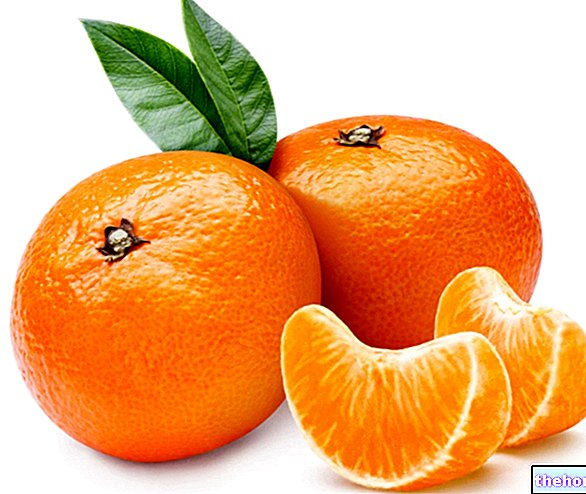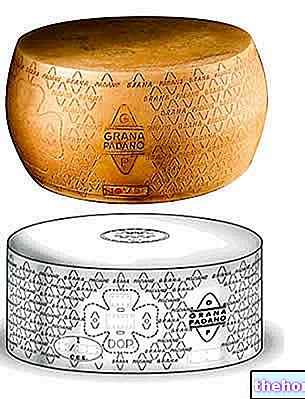In collaboration with Dr. Eleonora Roncarati
storage
In terms of conservation, honey is a stable product: this is true as it is not attacked by normal microorganisms responsible for food alterations (bacteria and molds).

Labeling
The sales denomination "honey" does not apply to products filtered, in comb, with pieces of honeycomb and for industrial use, for which the specific wording must be used. The labeling of honey for industrial use must show next to the sales denomination, the words "intended only for the preparation of cooked foods". When used as an ingredient, although designated with the term "honey" in the sales denomination, it must be fully indicated in the list of ingredients with the percentage next to it. With the exception of filtered honey and honey for industrial use, the sales denominations can be supplemented by indications referring to:
- Of floral or vegetable origin, if the product is wholly or mainly obtained from the indicated plant and possesses its organoleptic, chemical-physical and microscopic characteristics (the "admissibility of the" millefiori "indication for honeys from from multiple plant species).
- Of territorial, regional or topographical origin, if the product comes entirely from the indicated origin (the indications "mountain honey", "meadow", "wood" are not allowed);
- To specific quality criteria (provided for by Community legislation). At the moment, the only Italian product with Community recognition of Protected Designation of Origin is Lunigiana honey.
It is also possible to market honey products from organic farming; the labeling must also indicate the country or countries of origin where the honey was collected; the term "Italian honey" is therefore permitted. If the honey originates from more than one member states or third countries, the indication may be replaced by one of the following:
- "blend of honeys of EC origin"
- "blend of non-EC honeys"
- "mixture of honeys originating and not originating in the EC"
Honey, marketed as such or intended for human consumption, cannot be added to any other product such as additives, sugary syrups and any other addition except honey. It must not have an anomalous taste and smell, it must not have started a fermentation process, it must not have an artificially modified degree of acidity; it must not have been heated in such a way as to destroy or significantly inactivate the natural enzymes; it must not have undergone filtration procedures to extract pollen or other specific components, thus making it impossible to determine the origin. In this sense, filtered honey represents a rather equivocal term.
As regards the denomination "millefiori", it can be used only when the honey in the jar corresponds to a collection by the bees "assembled" with a natural process; on the contrary, when it comes to a mixture of honeys coming from different botanical and / or territorial origins made by "man, it will be defined as a" blend ".
Other articles on "Honey - Preservation and Labeling"
- Honey Production - Guided Crystallization, Potting and Storage
- Honey - Definition, Types of Honey and Production Techniques
- Honey Production: Uncapping, Honey Extraction, Decanting and Filtration, Heating
- Honey Production: Pasteurization and Techniques to Keep It Liquid
- Honey and Diet - Composition and Nutritional Properties




























